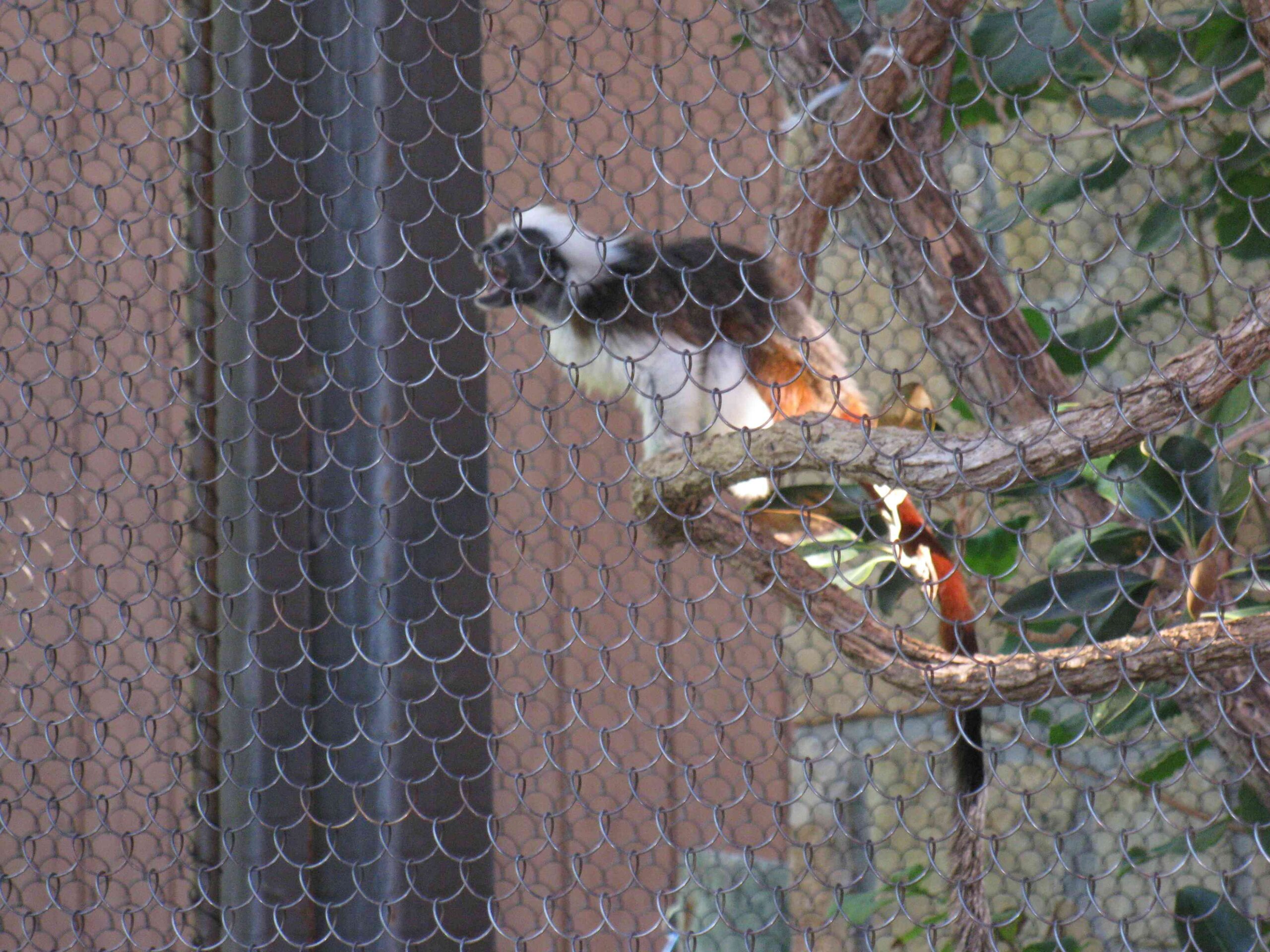The Dallas Zoo, a 106-acre wildlife haven, is home to over 2,000 animals from 406 species. While the zoo boasts a diverse array of exhibits and experiences, information about Dallas Zoo cougars is limited. This article aims to explore the potential presence of cougars at the Dallas Zoo, their habitat requirements, and the zoo’s commitment to wildlife conservation.
What is the Current Status of Cougars at the Dallas Zoo?

As of the most recent available information, the Dallas Zoo does not have a specific cougar exhibit. However, the zoo’s commitment to wildlife conservation and education suggests that cougars could potentially be part of future exhibits or conservation efforts. The absence of a dedicated cougar exhibit doesn’t diminish the zoo’s importance in wildlife preservation and public education.
Why are Cougars Important in Zoo Ecosystems?

Cougars, also known as mountain lions or pumas, play a crucial role in maintaining ecological balance in their natural habitats. In zoo settings, they serve several important purposes:
- Education: Cougars help educate visitors about predator-prey relationships and ecosystem dynamics.
- Conservation: Zoos contribute to species preservation through breeding programs and research.
- Public engagement: Large predators like cougars often draw visitors, increasing support for conservation efforts.
How Do Zoos Typically House Cougars?
While the Dallas Zoo may not currently house cougars, it’s important to understand how these magnificent creatures are typically cared for in zoo environments:
- Habitat design: Cougar enclosures often mimic their natural rocky, forested habitats.
- Space requirements: Adult cougars need substantial space, typically at least 1,000 square feet per animal.
- Enrichment: Zoos provide climbing structures, hiding spots, and toys to stimulate natural behaviors.
- Safety measures: Robust fencing and moats ensure visitor safety while allowing clear viewing.
What Would a Cougar’s Diet Be in a Zoo Setting?
In the wild, cougars are opportunistic predators. In a zoo environment, their diet would be carefully managed:
- Protein sources: Primarily meat-based diet, including beef, chicken, and occasionally whole prey items.
- Feeding schedule: Typically fed 3-4 times a week to mimic natural feeding patterns.
- Nutritional supplements: Added vitamins and minerals ensure a balanced diet.
- Enrichment feeding: Food presented in ways that encourage natural hunting behaviors.
How Do Zoos Contribute to Cougar Conservation?
While the Dallas Zoo may not currently have cougars, many zoos play a vital role in cougar conservation:
- Breeding programs: Zoos participate in species survival plans to maintain genetic diversity.
- Research: Studies on cougar behavior, health, and reproduction inform conservation efforts.
- Public education: Zoos raise awareness about cougar conservation and human-wildlife conflict.
- Habitat preservation: Many zoos support in-situ conservation projects in cougar habitats.
What Other Big Cats Can Visitors See at the Dallas Zoo?
While cougars may not be present, the Dallas Zoo offers exciting opportunities to see other big cats:
- Lions: The Giants of the Savanna exhibit features African lions.
- Tigers: Sumatran tigers can be observed in their dedicated habitat.
- Cheetahs: The fastest land animals have a special place in the zoo’s African exhibits.
These exhibits provide visitors with a chance to learn about big cat conservation and appreciate their beauty and power.
How Does the Dallas Zoo Engage Visitors in Wildlife Conservation?
The Dallas Zoo offers various programs and experiences that promote wildlife conservation:
- Wild Encounters: Up-close animal experiences that foster connections between visitors and wildlife.
- Education programs: Classes and camps that teach about animal biology and conservation.
- Keeper talks: Informative sessions where zookeepers share insights about animal care and conservation.
- Conservation initiatives: The zoo participates in various global conservation projects.
What are the Future Plans for Exhibits at the Dallas Zoo?
While specific plans for a cougar exhibit are not currently known, the Dallas Zoo continually evolves its exhibits and experiences:
- Habitat expansions: The zoo regularly updates and expands animal habitats.
- New species introductions: There’s always potential for new species to be added to the zoo’s collection.
- Interactive experiences: The zoo focuses on creating engaging, educational experiences for visitors.
- Conservation focus: Future exhibits are likely to emphasize the zoo’s commitment to wildlife conservation.
How Can Visitors Support Wildlife Conservation at the Dallas Zoo?
Even without a specific cougar exhibit, visitors can support wildlife conservation efforts at the Dallas Zoo:
- Zoo membership: Becoming a member provides ongoing support for the zoo’s conservation initiatives.
- Donations: Direct contributions help fund conservation projects and animal care.
- Volunteer opportunities: Volunteers assist with various aspects of zoo operations and conservation efforts.
- Responsible visitation: Following zoo guidelines and learning about conservation issues during visits.
Conclusion
While the Dallas Zoo may not currently house cougars, its commitment to wildlife conservation and education remains strong. The zoo’s diverse collection of animals, including other big cats, provides visitors with ample opportunities to learn about and appreciate wildlife. As the zoo continues to evolve, there’s always the possibility of new exhibits and species being introduced, potentially including cougars in the future. By supporting the Dallas Zoo, visitors contribute to broader conservation efforts that benefit a wide range of species, including cougars in their natural habitats.
References:
– Explore the Zoo | Dallas Zoo
– Encounters & Experiences | Dallas Zoo
– Attractions at the Dallas Zoo
